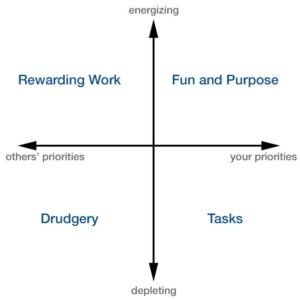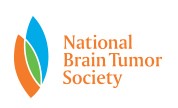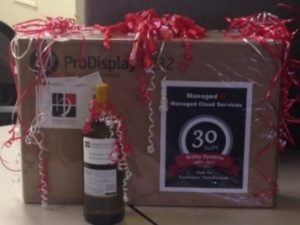Cloud Computing – A Green Solution
Moving to the cloud has benefits like simplicity, efficiency, easier management, etc. Cloud Computing has become the next wave of computing infrastructure and for many, the added benefit of having a “green” IT environment may be that extra incentive to move to the next generation of cloud computing and IT management.
The huge data centers that house the data require an abundance of electricity to run properly, which generates heat emissions. These emissions do add to the carbon footprint, but with the help of renewable energy, data centers are able to lower them, doing their best for both clients and the environment. While there is still a carbon footprint, the cloud has been proven to be more environmentally friendly.
Virtualization. With traditional computing, depending on the size of the organization, they can manage anywhere from a few servers to upwards of hundreds. This is inefficient as it leads to both wasted energy and physical equipment. Energy use is not customized to the needs of the organization, and the hardware used needs to be constantly replaced or updated, leaving behind a trail of physical excess. The cloud is a major improvement on traditional computing as it has redesigned the way businesses operate. With the cloud, information is virtualized, eliminating the need for wasteful, in-house equipment. Businesses can operate through this virtual location, drastically reducing energy usage and the need for excessive physical equipment.
The Option to Pay as You Go. Your monthly prices depend on your monthly usage. It’s a simple model and allows organizations to remain in control of their spending.
Multitenancy. Multitenancy allows many different organizations (public cloud), or many different units within the same organization (private cloud) to benefit from a common cloud-based infrastructure. When used in conjunction with automation software, multi-tenancy ensures fewer machines are required for operations.
“Automation Software. Cloud based infrastructure relies on automation to maximize energy and resources efficiency. Through automation software it is possible to provide and scale workload within shared data centers. IT specialists are able to push the limits of traditional utilization and consolidation limits. The higher the ratios the less physical hardware is required and this directly contributes to energy efficiency and resource optimization.”1
“Organizations Allow Telecommuting. Companies using internal, on-premises solutions have a hard time offering their staff remote working options because of the security risks that can arise when trying to connect to the enterprise network from an outside location. The cloud offers businesses the ability to secure their networks while still increasing accessibility and improving collaboration and productivity.”2
Cloud computing can be an important facet of an organization’s push to be greener and meeting critical IT operational goals.
Reduce cost. Consolidation means fewer servers, which in turn means lower cooling and space requirements, ultimately producing lower energy costs.
Comply with regulation. By tapping more efficient and therefore lower-emitting resources, cloud computing customers can reduce their carbon emissions and be better-positioned to meet regulatory standards.
Improve resiliency. Consolidation and improved utilization create more space, more power, and more cooling capacity within the same facility envelope. And tapping into public cloud providers offloads management of those resources from the customer to the service provider.
A cloud environment is one that is often created and always managed by a Managed Cloud Services Provider (MCSP) like Bryley Systems. MCSPs typically construct and then manage the overall infrastructure based on best practices and available resources; their overall cost tends to be less since they employ a variety of experts skilled in computer networks, cloud infrastructures, and cyber-security.
To inquire about Bryley’s full array of Managed Cloud Services and Managed IT Services, please contact us by phone at 844.449.8770 or by email at ITExperts@Bryley.com. We’re here for you.
References and Sources:
- https://www.etechcomputing.com/why-cloud-computing-is-green-computing/
- https://www.isgtech.com/4-green-benefits-of-cloud-computing/ (ISG Tech)
https://hbr.org/2011/03/cloud-computing-is-greener (Harvard Business Review)
http://www.itproportal.com/2014/04/10/how-the-cloud-supports-green-it-computing/ (IT ProPortal)
https://go.forrester.com/ (Forrester Research)















